Legal Design, like, WTF dude?
Legal design is one of those things which makes so much sense it’s incredible to think it’s a relatively new kid on the LawTech block.
But it’s a growing movement within our industry with the potential to deliver enormous benefits not just to the to legal profession but to the everyday person when encountering the law. So much so, we are putting on a Legal Design Conference 🙂
https://www.legalgeek.co/legaldesign/
So to continue your further reading about this eminently important area, we recruited a smorgasbord of legal design aficionados and picked their brains on their favourite subject. Take it away Margaret Hagan, Richard Mabey, Emma Jelley, Helena Haapio, and Stefania Passera:
The Legal Design Guru
“Legal Design is an innovation approach — that means focusing on the humans within the legal system to understand where the crucial breakdowns in the system right now exist — and to make the creative leap to define what a better system might be.
It means a priority on who the ‘users’ of the system are — whether it be people who are ‘lay’ outsiders trying to use it to solve problems, or the ‘professionals’ who work inside it. A legal design approach has us talk to these people, observe them, co-create with them, and test with them — so that we can make a system that actually solves problems, and does so in the most usable, useful, and engaging way possible.
A legal design approach can help us create small changes to huge overhauls. You can use it to make better documents, products, services, organisations, or policies. It is about using creative, human-centered strategies to find better ways forward, to serve people better.”
 Margaret Hagan: Margaret is the creator and director of Stanford Law School’s Legal Design Lab and a lecturer at the university’s Institute of Design.
Margaret Hagan: Margaret is the creator and director of Stanford Law School’s Legal Design Lab and a lecturer at the university’s Institute of Design.
The LawTech CEO
“Legal design is a mindset as much as a discipline. It means starting with the end user of legal services of all kinds and working backwards. And it’s no longer a nice-to-have. To take one example, the GDPR mandates that all privacy notices will need to be concise, transparent and written in plain language. Sounds more of a design challenge than a legal challenge.”
 Richard Mabey: Richard is the CEO at Juro, an end-to-end contract workflow tool which won the 2017 Legal Geek start-up awards. He is a former associate at Freshfields. [Juro have shared with us their privacy summary document after recently submitting it to a legal design makeover. The below image shows two typical sections from the old and new documents.]
Richard Mabey: Richard is the CEO at Juro, an end-to-end contract workflow tool which won the 2017 Legal Geek start-up awards. He is a former associate at Freshfields. [Juro have shared with us their privacy summary document after recently submitting it to a legal design makeover. The below image shows two typical sections from the old and new documents.]
The Trailblazer
“Legal Design is a movement to make law more accessible, more usable, and more engaging.
“Its building blocks are plain language and attractive visuals (perhaps even haptics) all intended to enhance user experience. Legal design embraces but goes beyond technology.
“You could say that the better breed of lawyer has been using plain language and clear formatting for quite a few dog years already. So if a lawyer wants to embrace legal design, what is the innovation?
“For a lawyer, to embrace legal design is to adopt a collaborative, multidisciplinary approach to communicating legal concepts. Early on, the legal design process requires the identification of project-specific stakeholders and specialists. These individuals could include social psychologists, designers, technologists, users, regulators: lawyers don’t fly solo. The legal design team works together to create the most user-centric, inclusive and effective way in which to communicate the relevant legal concepts, rights and processes. The results can be inspiring.”
 Emma Jelley: Emma spent 10 years at Google mainly leading legal affairs for the UK & Ireland, before starting and building the legal function at next-gen identity verification start-up, Onfido. She has recently moved to Helsinki, Finland, which last year hosted the world’s largest legal design summit. Emma will be focusing on legal design projects, and innovation in the field of legal service provision.
Emma Jelley: Emma spent 10 years at Google mainly leading legal affairs for the UK & Ireland, before starting and building the legal function at next-gen identity verification start-up, Onfido. She has recently moved to Helsinki, Finland, which last year hosted the world’s largest legal design summit. Emma will be focusing on legal design projects, and innovation in the field of legal service provision.
The Author & Coach
“Legal design merges legal and design thinking for better processes with better outcomes. It helps transform work products from conventional to great: for example, contracts with summaries up front, flowcharts, icons, and timelines – engaging and easy to work with for everyone. Once clients start seeing more of these, there will be no return to the text-heavy, complex lexicon of the ‘old school’.”
 Helena Haapio: Helena is the CEO of contract design and coaching agency Lexpert. She is a lawyer and author of the book “Next Generation Contracts: A Paradigm Shift” published in 2013.
Helena Haapio: Helena is the CEO of contract design and coaching agency Lexpert. She is a lawyer and author of the book “Next Generation Contracts: A Paradigm Shift” published in 2013.
The All-Rounder
“Legal design puts the needs of citizens, consumers, and businesses before those of lawyers. Its ultimate goal is preventing legal problems from arising and empowering the end-user. Systems, processes, and documents must be useful and usable outside of court, in everyday scenarios.
Legal design borrows design thinking – and doing. It requires user research, lateral and visual thinking, ideation, prototyping, and testing. It draws heavily on information-, service-, and interaction-design skills to rethink the complexity of legal processes, services, and documents.
Meaningful innovation needs design, business, technology… and love! Training lawyers in design thinking is just the start.”
 Stefania Passera: Stefania is a freelance information designer, consultant, and trainer specialised in the field of legal design. She is also a researcher and lecturer at Aalto University School of Science and Technology in Finland.
Stefania Passera: Stefania is a freelance information designer, consultant, and trainer specialised in the field of legal design. She is also a researcher and lecturer at Aalto University School of Science and Technology in Finland.
The Futurist
“Legal design is an human-centered approach to legal problem solving and legal innovation. It combines the lawyer’s legal expertise with the designer’s mindset and methodologies and technological potential to create legal systems, services, processes, education and environments that are more useful, useable, understandable and engaging for all.”

Meera Sivanathan: Meera is the Lead Legal Designer at Nordic consultancy Dot. Legal Design in Helsinki. She is a former K&L Gates lawyer and was based out of their Sydney office.
Legal Geek is compiling a crowd-sourced straight-talking LegalTech dictionary to jargon bust the hell out of buzz words, over-used clichés and mis-leading names in LegalTech. Is there a LegalTech definition you think should be included in our dictionary? Scribble a line to [email protected] (yes that is dot.co).
https://www.legalgeek.co/legaldesign/



